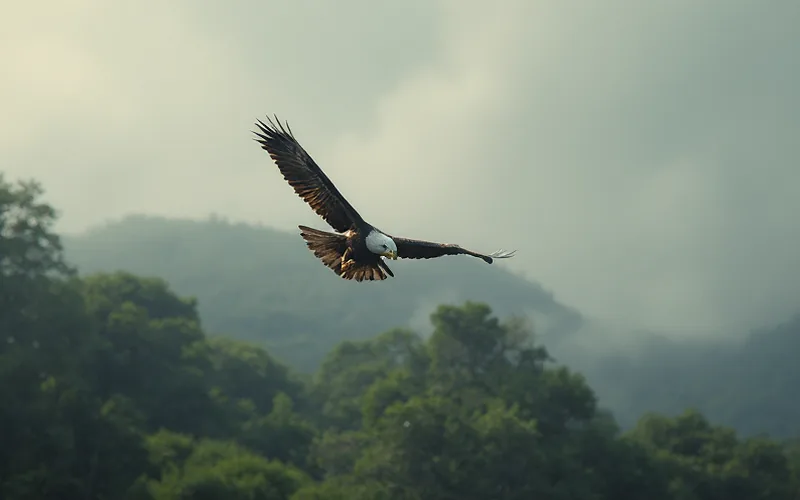The American Bald Eagle, once teetering on the brink of extinction, has made a remarkable recovery, reaffirming its status as a potent symbol of the American spirit. Revered for its strength, freedom, and vision, the bald eagle has not only become an emblem of national pride but also a testament to successful conservation efforts.
Historically considered sacred by some ancient American cultures, the bald eagle was chosen in the 1780s as the national symbol of the United States, despite some opposition, notably from Benjamin Franklin who favored the wild turkey. By 1963, however, the bird’s population had plummeted to just over 400 nesting pairs, prompting concern at the highest levels of government. President John F. Kennedy, in a letter to the Audubon Society, underscored the importance of preserving the species, stating, “The Founding Fathers made an appropriate choice when they selected the bald eagle as the emblem of the nation.”
The decline was largely attributed to habitat loss and the widespread use of pesticides like DDT, which weakened eggshells and devastated eagle populations, especially in areas like Mississippi. Chris Gurner of the US Army Corps of Engineers noted the significant impact of DDT during the 1950s and 60s, leading to a drastic decline in eagle numbers.
In response to this crisis, a series of conservation measures were implemented. DDT was banned in the United States in 1972, and the bald eagle was listed as an endangered species under the Endangered Species Act of 1973. These efforts bore fruit, and by 2007, the bald eagle was removed from the endangered species list. Today, while still protected under laws such as the Bald and Golden Eagle Protection Act, the eagle’s population has seen a significant resurgence.
Recent counts highlight this recovery, with 28 eagles observed at Lake Enid, 26 at Lake Grenada, and four at Lake Sardis. The Mississippi National River and Recreation Area has also noted a growing population, with 46 active nests reported along a 72-mile stretch of river in 2015. The Mississippi Department of Wildlife reports year-round sightings, with numbers increasing during the months of October to January.
Wildlife photographer Bruce Brooks, who has documented the resurgence since 2013, attests to the remarkable increase in local breeding pairs and the presence of juveniles and sub-adults. “It was a big deal to see an eagle back then,” Brooks recalled. Today, he observes a thriving population, a testament to successful conservation efforts.
The revival of the bald eagle population stands as a beacon of hope amid broader environmental challenges, offering a powerful narrative of resilience and restoration.
















